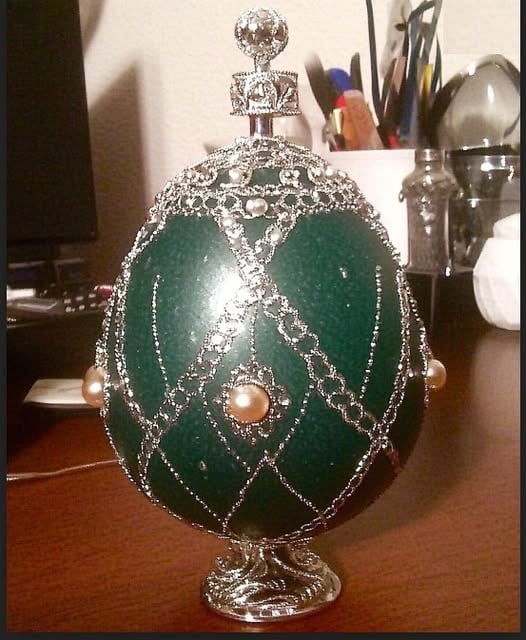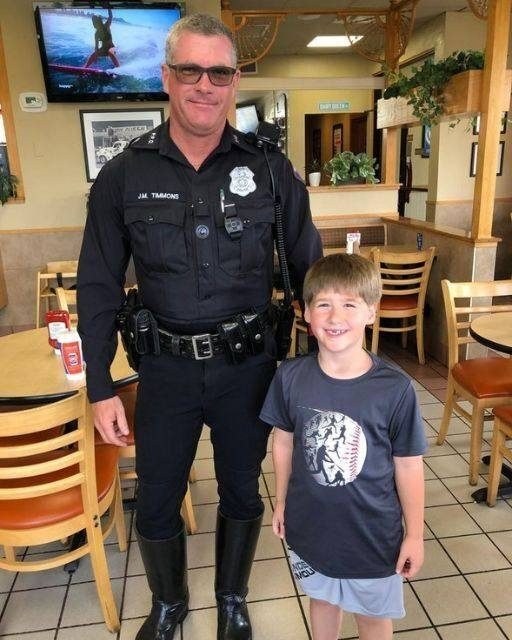Husband Mocks Old Egg Wife Bought at Flea!
Jen had always been a flea-market hunter. Not the casual kind who strolls past tables for something quirky to stick on a shelf — she was the real deal. She grew up trailing behind her grandmother through dusty barns, crowded street fairs, and weekend swap meets, learning early how to spot “preloved jewels” hidden beneath piles of forgotten junk. Her grandmother taught her the thrill of the chase: look, touch, turn things over, ask questions, trust your instincts. Jen took those lessons into adulthood, and even though her life looked very different now — a stable job, a husband, a house in the suburbs — her love of treasure-hunting never faded.
Sam, her husband, didn’t get it. He’d roll his eyes every time she walked through the door holding another trinket, lamp, teacup, or frame. “More junk?” he’d tease. “One day this house is going to collapse under the weight of your ‘treasures.’”
Jen always responded the same way: with a shrug and a smile. “One day, you’ll thank me,” she joked. But Sam never believed it. To him, flea markets were places where people sold old clutter they couldn’t bring themselves to throw away.
That belief didn’t stop Jen. The thrill of finding something special for almost nothing was too good to give up.
One Saturday morning, she stopped by a neighborhood street fair — the kind with creaky booths, unmarked boxes, and vendors who wanted to barter more than they wanted to sell. Hidden among a table of random knickknacks, she saw it: a small porcelain egg. Hand-painted, glossy, delicate. It had a faded floral pattern and the kind of tiny imperfections that suggested age rather than cheapness. The vendor, a friendly older man with a sunburned face, told her it was $25. Jen examined it closely, asked a couple of questions, and bargained him down to $10 without much effort. She didn’t know why, but something about it felt interesting.
When she brought the egg home, Sam didn’t even give her five seconds of peace.
“You paid money for that?” he scoffed. “Look at the bottom — ‘Made in Hong Kong.’ You bought a $2 souvenir.”
Jen ignored him. She’d heard it all before. She ran her fingers along the seam of the egg and shook it gently. Something rattled inside. That was new.
“There’s something in it,” she said.
“It’s probably the broken pieces of whatever junk fell apart,” Sam muttered.
But curiosity got the better of both of them. Sam cracked open the egg — and inside was a tiny bundle of red silk, tightly folded and tied with a thread.
Jen’s heart jumped. Sam raised an eyebrow.
He carefully unwrapped the silk. Inside was a pair of earrings — delicate, vintage, and sparkling even under the dim kitchen light. The stones were clear, brilliant, almost too bright.
“They’re fake,” Sam declared quickly, as if he needed to say it before Jen got too excited. But when he breathed on one of the stones, it didn’t fog over. He tried again. Same result.
Diamonds don’t fog.
Jen stared at him. Sam stared at the earrings. Neither spoke.
The next day, they took the earrings to a jeweler. He spent a long time examining them, testing them, weighing them, holding them under magnification. Then he removed his glasses, blinked a few times, and told them what they weren’t prepared to hear.
“These are real,” he said. “And rare.”
His first estimate hit them like a punch: around $300,000. But later, after deeper evaluation and consultation with colleagues, the number climbed much higher.
An auction house got involved. More experts. More testing. More stunned reactions.






